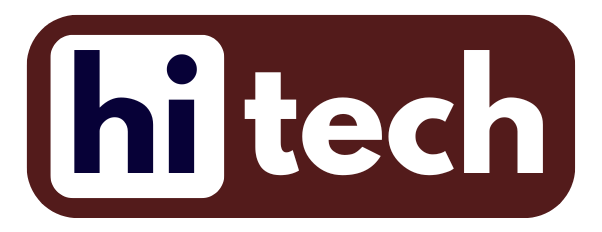This case study explores the evolution of WhatsApp, a messaging application that has transformed the way people communicate globally. It delves into WhatsApp’s inception, growth, key features, challenges, and its impact on personal and business communication.
Evolution of WhatsApp
Introduction:
WhatsApp, founded by Jan Koum and Brian Acton in 2009, emerged as a simple yet powerful messaging platform designed to provide fast, reliable communication across borders. Over the years, it has become one of the most popular messaging apps worldwide, offering features such as text messaging, voice calls, video calls, and more. This case study aims to analyze the factors contributing to WhatsApp’s success and its role in shaping modern communication.
Background:
WhatsApp was born out of the founders’ desire to create a messaging platform that prioritized user privacy and simplicity. Unlike traditional SMS messaging, WhatsApp leveraged the internet to facilitate real-time communication, making it more accessible and cost-effective for users.
Key Milestones:
- Cross-Platform Compatibility: WhatsApp’s early adoption of cross-platform compatibility allowed users to communicate seamlessly across different devices and operating systems. This feature contributed to its rapid user acquisition and global expansion.
- End-to-End Encryption: WhatsApp’s implementation of end-to-end encryption in 2016 enhanced user privacy and security, ensuring that messages remain private and protected from third-party access. This commitment to privacy has been a key selling point for WhatsApp, particularly in an era of heightened concerns about data security.
- Voice and Video Calling: The introduction of voice calling in 2015 and video calling in 2016 expanded WhatsApp’s functionality, positioning it as a comprehensive communication platform. These features provided users with additional ways to connect with friends, family, and colleagues in real time.
- Business Solutions: Recognizing the potential for business communication, WhatsApp introduced WhatsApp Business in 2018. This platform offers features such as business profiles, automated messages, and customer support tools, enabling businesses to engage with customers more effectively.
- Integration with Facebook: WhatsApp’s acquisition by Facebook in 2014 provided resources and infrastructure for further expansion. While this acquisition raised concerns about user privacy and data sharing, WhatsApp has maintained a degree of independence from its parent company, preserving its focus on user experience and privacy.
Read More: MEESHO – EMPOWERING ENTREPRENEURS THROUGH SOCIAL COMMERCE
Challenges Faced:
- Misinformation and Fake News: WhatsApp has faced challenges related to the spread of misinformation and fake news on its platform. The encrypted nature of WhatsApp’s messaging has made it difficult to monitor and control the dissemination of false information, leading to concerns about its impact on public discourse and societal norms.
- Regulatory Pressures: WhatsApp has encountered regulatory pressures in various countries regarding data privacy, encryption policies, and compliance with local laws. Balancing user privacy with regulatory requirements has posed challenges for WhatsApp, particularly in regions with strict data protection laws.
- Monetization Strategy: WhatsApp’s monetization strategy has been a subject of scrutiny, with questions about its long-term sustainability and revenue generation. While WhatsApp Business offers potential revenue streams through premium features and enterprise solutions, balancing monetization with user experience remains a delicate balance.
WhatsApp’s journey from a simple messaging app to a comprehensive communication platform reflects the evolution of digital communication in the 21st century. Its focus on user privacy, cross-platform compatibility, and innovation has solidified its position as a leader in the messaging industry. However, addressing challenges such as misinformation, regulatory pressures, and monetization will be crucial for WhatsApp’s continued success and relevance in the ever-changing landscape of digital communication.
For News Updates Click Here




